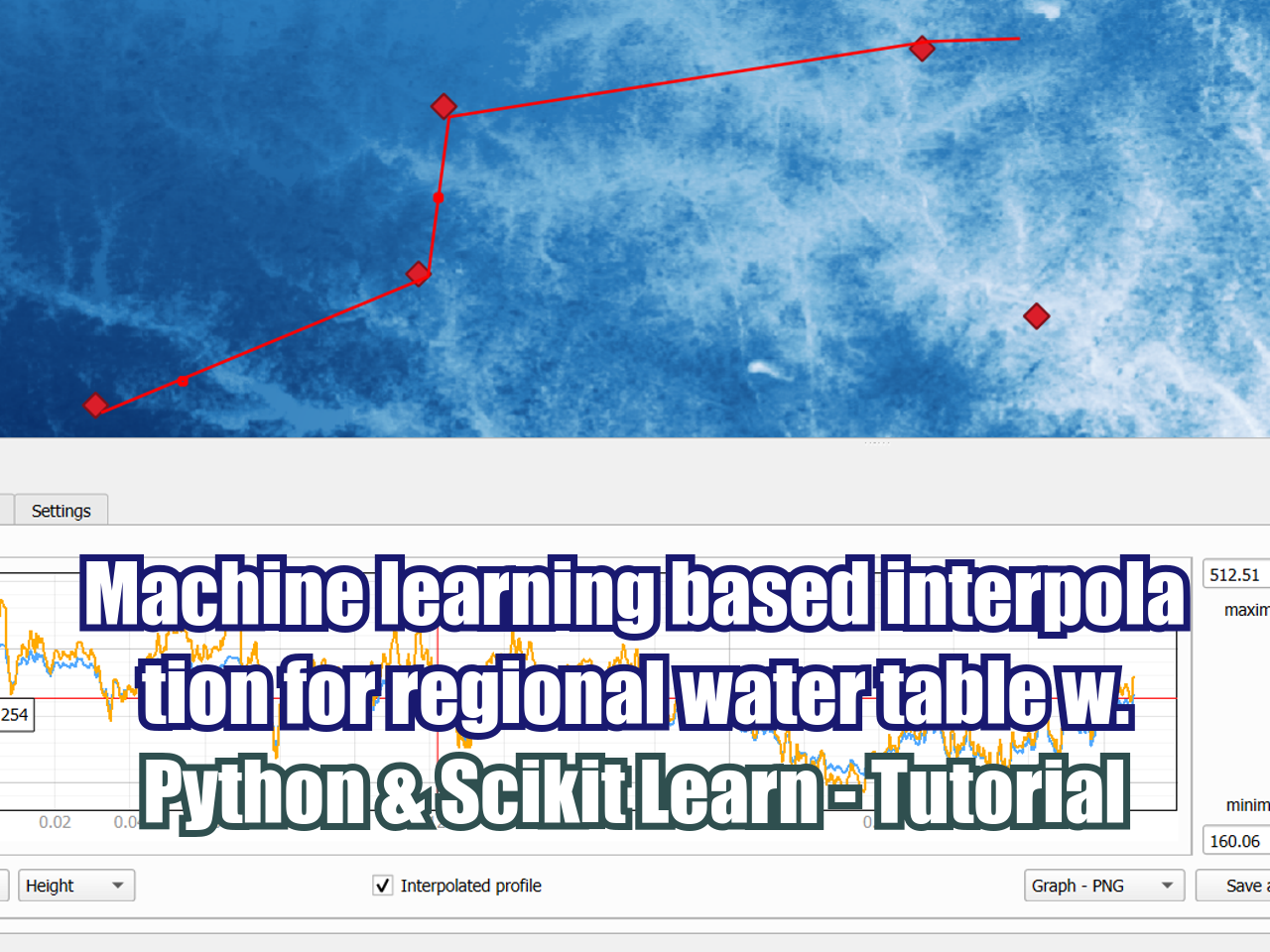Topobathymetric elevation generation for flood modeling with geospatial Python
/Elevation maps that represent surface and river bathymetry are an essential input for flood modeling in software like HEC-RAS. Even with the latest version of high profile open source GIS software as QGIS the combination of a surface elevation map and a river bottom elevation map is a challenge that requires many turnaround, conversion and manual labour. We have developed a useful script that works with surface and river bottom elevation in a "smart" way and creates a geospatial raster with the topobathymetric elevation by the use of geospatial Python libraries as Shapely and Rasterio. The script also includes some key steps to identify the river body and treat the missing values on the bathymetry map.
Read More























